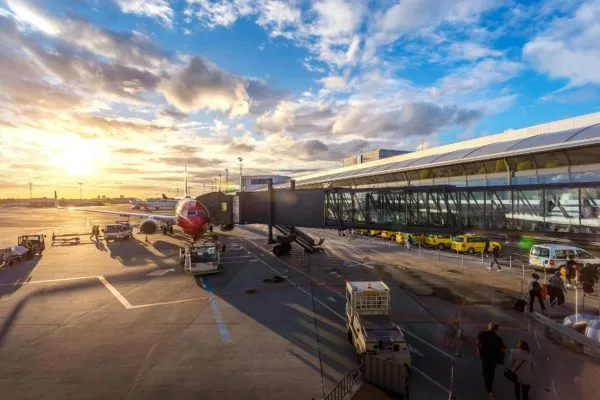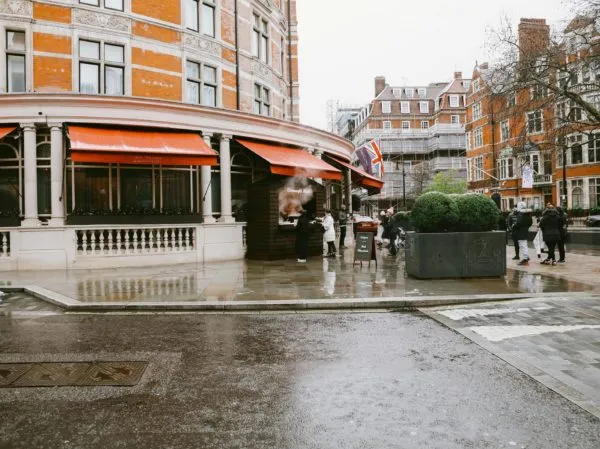Further leasehold reform?
If you are buying a home in central London and aren’t extremely wealthy, you will likely be buying a flat, and by extension a leasehold property.
Leasehold is never straightforward. Many international and first-time buyers are understandably bewildered by this feudal ownership system. Its complexities also make it harder to assess fair value. Do the service charges represent value? Does the building have Right to Manage? How much will a future lease renewal cost? What permissions/legal fees will be required for any renovation?
We have previously covered the Pros and Cons of leasehold and freehold property and discussed which is the better long-term investment.
Last week, the government promised it is taking steps to make leasehold more transparent, delivering stronger rights and protections for leaseholders such as standardising service charge documentation. This should, in theory at least, make it easier for leaseholders to understand how their building is being run and challenge costs.

Non-dom U-turn?
The FT recently attributed Prime Central London’s struggling market to non-doms leaving the UK. Although the data remains inconclusive, research from Knight Frank indicated the tax policy may create a £401m Stamp Duty shortfall for the treasury.
Rumours are now circulating that chancellor Rachel Reeves is considering a U-turn. This would bolster Prime Central London’s ailing market which is more reliant on UHNW international buyers. However I would not expect it to lead to strong house price growth as Stamp Duty rates still seem to be the main factor putting downward pressure on prices. Very high value purchases have a top rate in excess of 18%. If you are a discretionary buyer this is the equivalent of many years renting and isn’t a decision taken lightly.
Even in the event of a policy reversal, a surge in house prices seems unlikely.
Knightsbridge’s Woes Continue
Knightsbridge has likely been affected more than most areas by the non-dom tax changes. The Telegraph recently reported the local market has fallen to a 15 year low.
In our 2024 Spring market update we commented:

Our view is unchanged. We don’t foresee many domestic buyers being tempted by slightly cheaper asking prices and stepping in to replace international buyers.

Is West always best?
Since starting Perrygate in 2018, I’ve noticed affluent clients have become increasingly open to exploring neighbourhoods outside of West London.
One client initially searched as far west as St John’s Wood before ultimately purchasing a best-in-class penthouse in Islington. Another chose a luxury flat in Canary Wharf’s One Park Drive over a high-quality mews house in Notting Hill.
Increasingly, there is a perception that some North and East London neighbourhoods can provide far better value for money without necessarily having a lower quality of life. In both cases the quality of property bought would have cost 2x-3x more in Prime Central London.
You have to really love West London to justify its considerable premium and ensure you will enjoy life there considerably more than elsewhere.
West London does some things better than anywhere else – from stunning Georgian architecture, private garden squares, access to the Royal Parks and the best choice of international schools for families. If you don’t highly value these things however, it is worth keeping an open mind at the start of a search.
Ever-changing London
If you are interested in architecture and urban planning in London, ‘CityEd.’ on YouTube is highly recommended.
One recent video on London’s rebuild after the Blitz makes it a lot easier to understand the city’s varied streetscapes.
